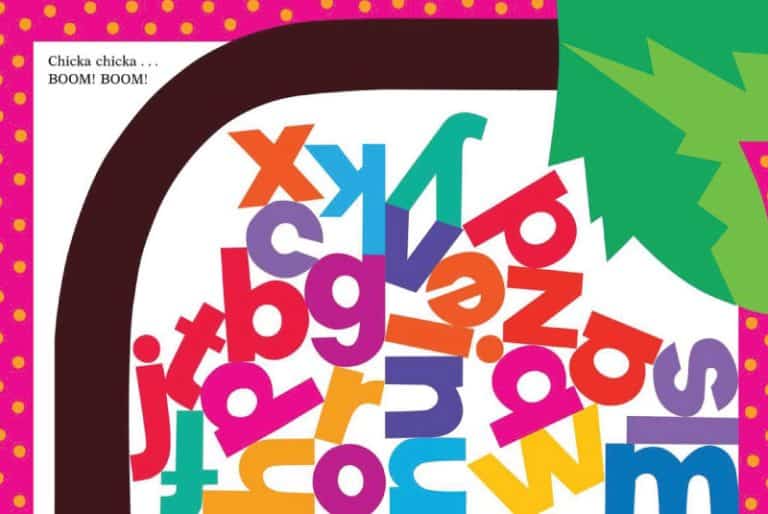TAKE-HOME STRATEGY
Supporting Early Writing at Home

What It's About
Early Writing is all about attaching children’s ideas and thoughts to symbols (letters, words, images). It begins with scribbles and marks. Over time, these marks will start to become recognizable letters or individual words. These early attempts at writing are important and will carry meaning for the child.
You can support this skill by encouraging your child to explore writing in the language you are most comfortable using at home.
Here are some ways you can support Early Writing at home. Keep in mind that you can change these activities to work for you and your child, based on their current abilities, interests, and what you have available at home. Make sure to use safe materials and watch your child closely during these activities.
Take a look, and try out your favorites!
Create a Writing Spot
Explore Writing Outdoors
Play with Play-dough
Write and Play
Send a Message
Journaling
Quick Cues for Supporting Early Writing
Some things you might do or say to help strengthen your child’s Early Writing skills
Talk About Your Writing
Point out when and why you are writing something.
This can sound like:
“I’m writing my name on the back of this picture so that we can remember who drew it. M-O-M-M-Y. Mommy!”
“I’m writing everything down that I need from the store today, so I don’t forget.”
“I wrote a sign that says, ‘Welcome Grandma.’ Grandma is coming to visit us tomorrow!”
Write What Your Child Says
Help your child connect their ideas to print/words by writing down what they say.
This can sound like:
“Is that Dada? Let’s write ‘Dada’ on your paper next to your picture of Dada!”
“You are making beautiful colors on your drawing. What are you making?… Oh, it’s a rainbow? May I write ‘rainbow’ at the bottom?”
“You’re drawing a rocket going to the moon. Can I write that right here so everyone can read about your drawing?”
Encourage Effort
Acknowledge your child’s effort at writing rather than whether it’s correct or not.
This can sound like:
“Look! You are holding the crayon, making lines on the paper!”
“I see you are working so hard to write your letter on the page to let us know it’s yours.”
“Will you sign your artwork?”
Our Book Recommendations for Early Writing
Engaging stories that support children's Early Writing skills

Chicka Chicka Boom Boom
Written by Bill Martin Jr. and John Archambault and illustrated by Lois Ehlert, this book follows letters that climb up and fall down a coconut tree as they move through the alphabet.
Have fun with it:
While outside, use chalk to make letters. Encourage your child to draw, scribble, or mark on the letters.

Alma and How She Got Her Name
Written and illustrated by Juana Martinez-Neal, this book is about a young girl who learns the story of each of her names after she writes them down and notices how long her name is.
Have fun with it:
Find ways to display your child’s name throughout your home. Use post-its or small pieces of paper to label your child’s spot at the table, their bedroom door, or even their reusable water cup.
More Take-Home Strategies
We’re creating a library of resources like these so families and other caregivers can quickly and easily promote children’s development at home. Be sure to see all the strategies we have available!

